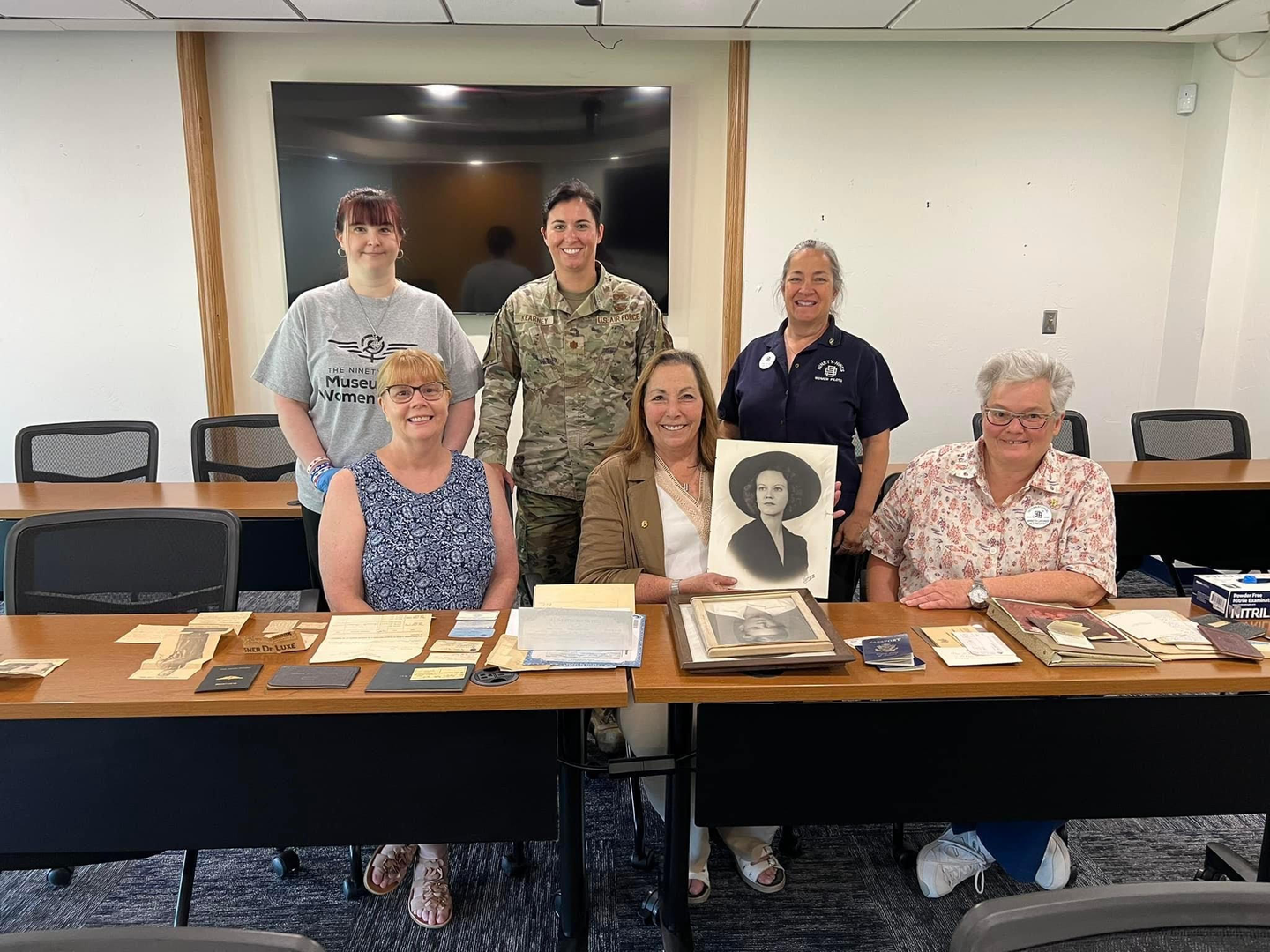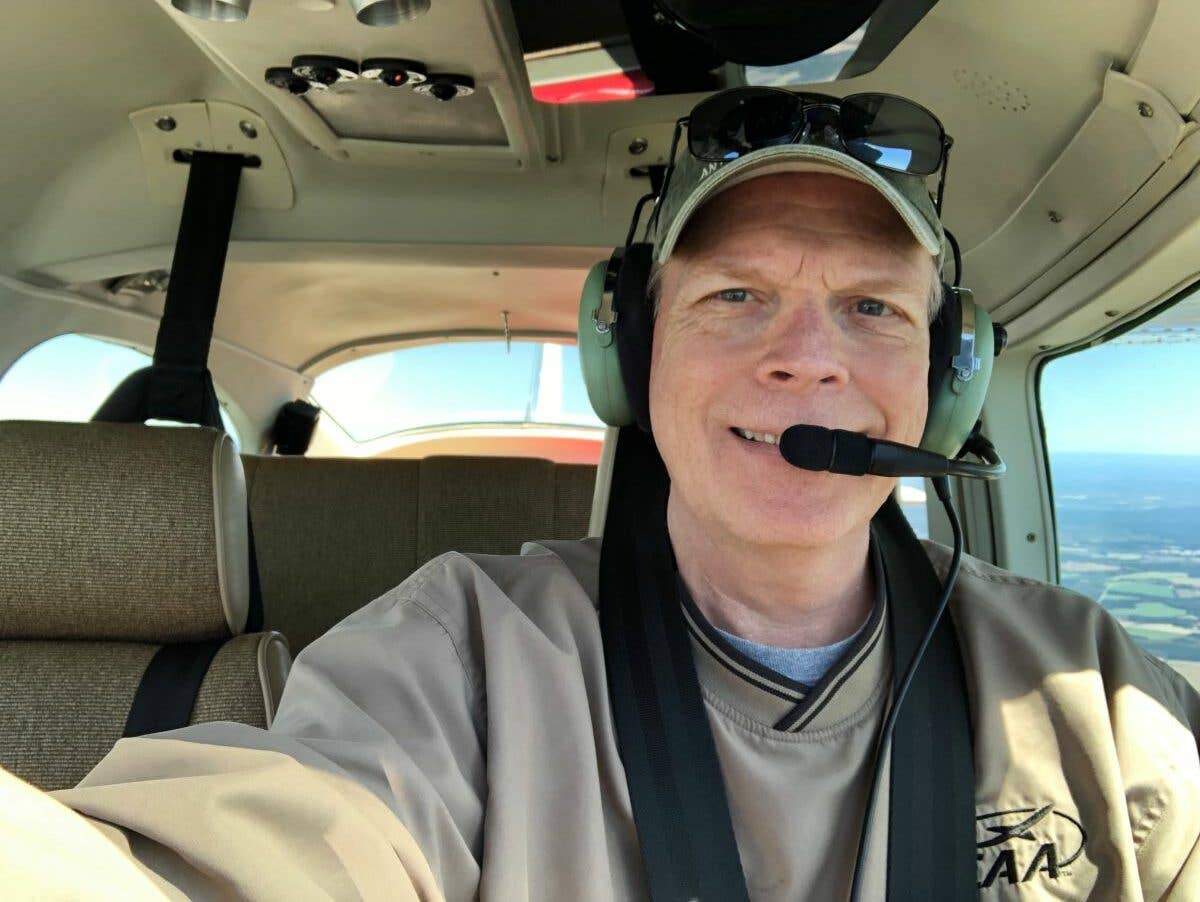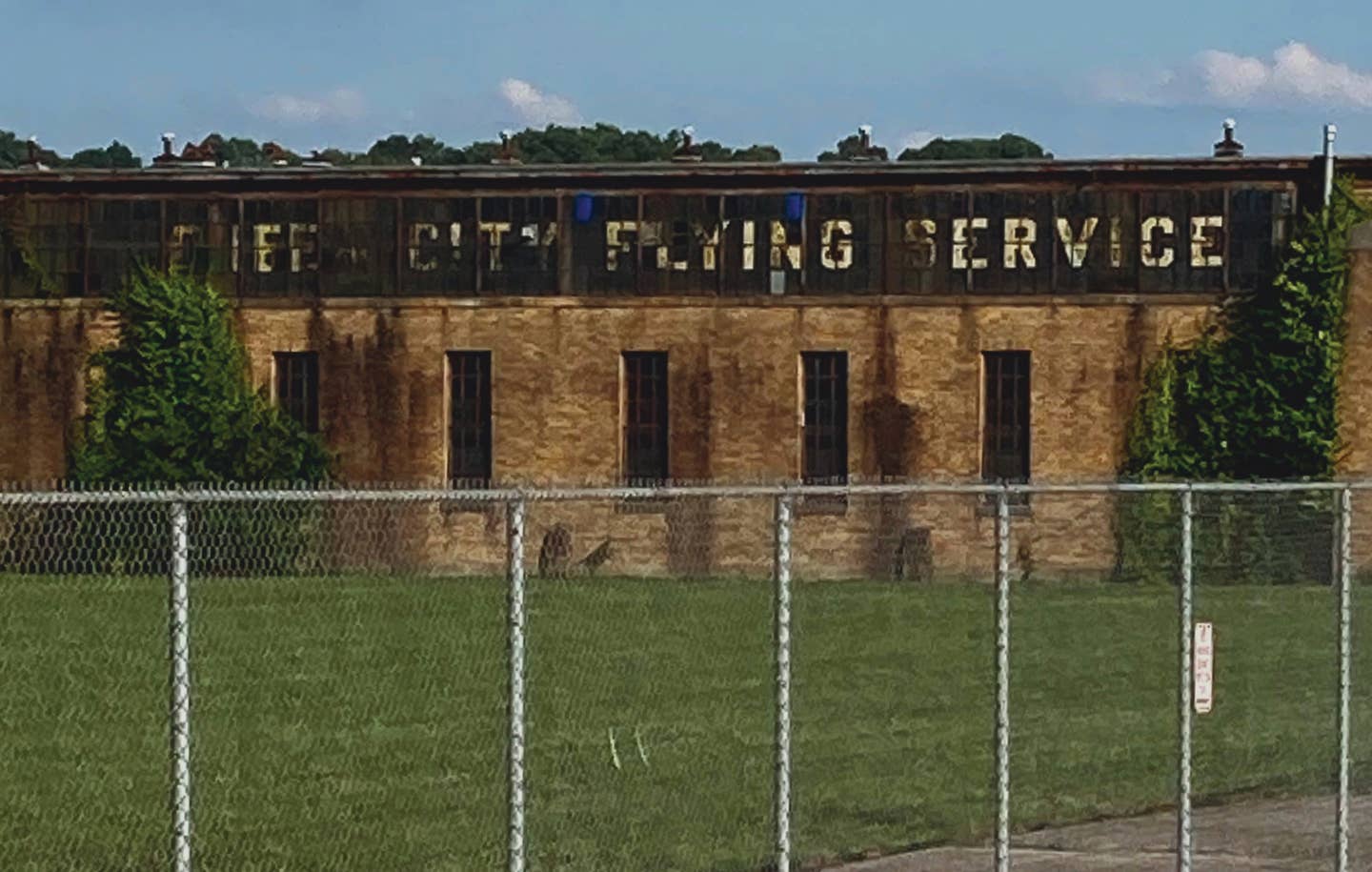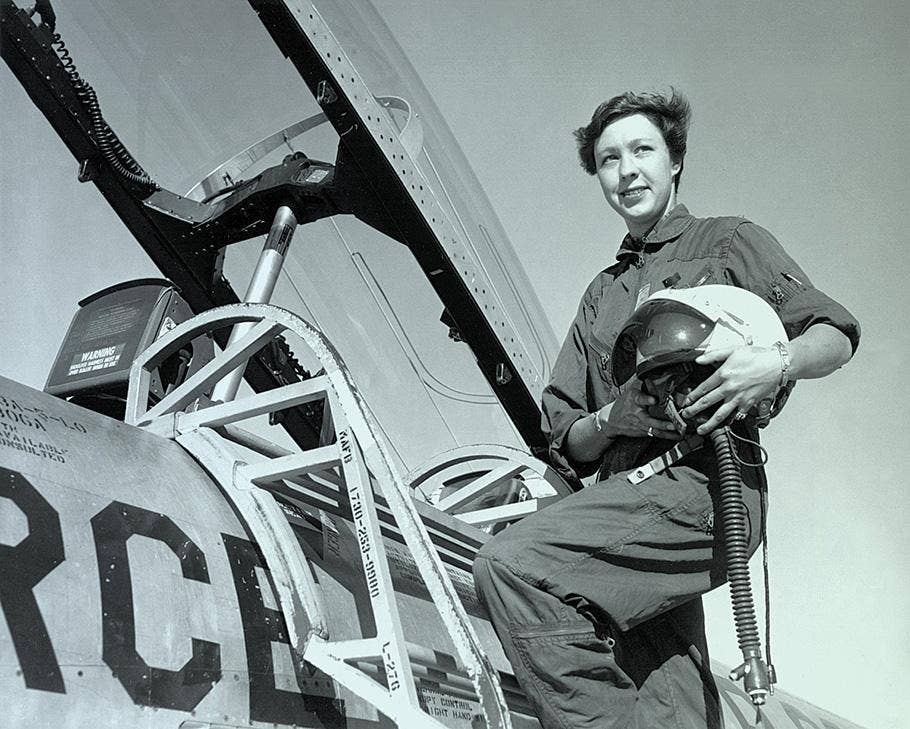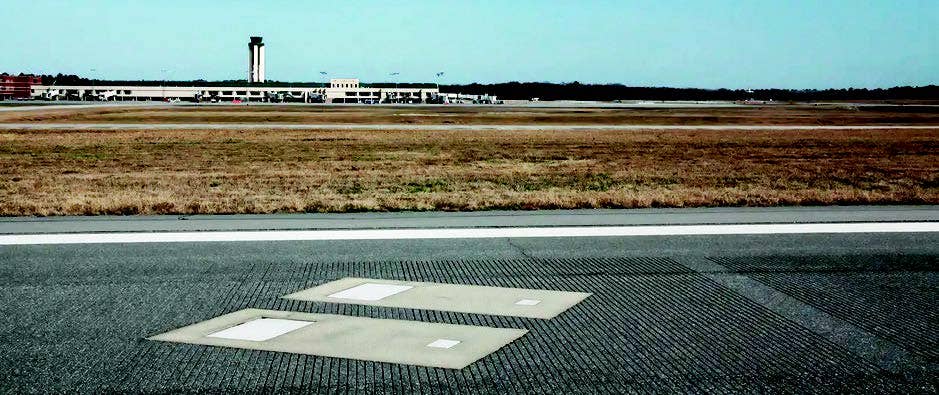The Man Who Saved the Iconic Hartzell Propeller Company
Memories of the manufacturer revolve around a wonderful man, the late Jim Brown.
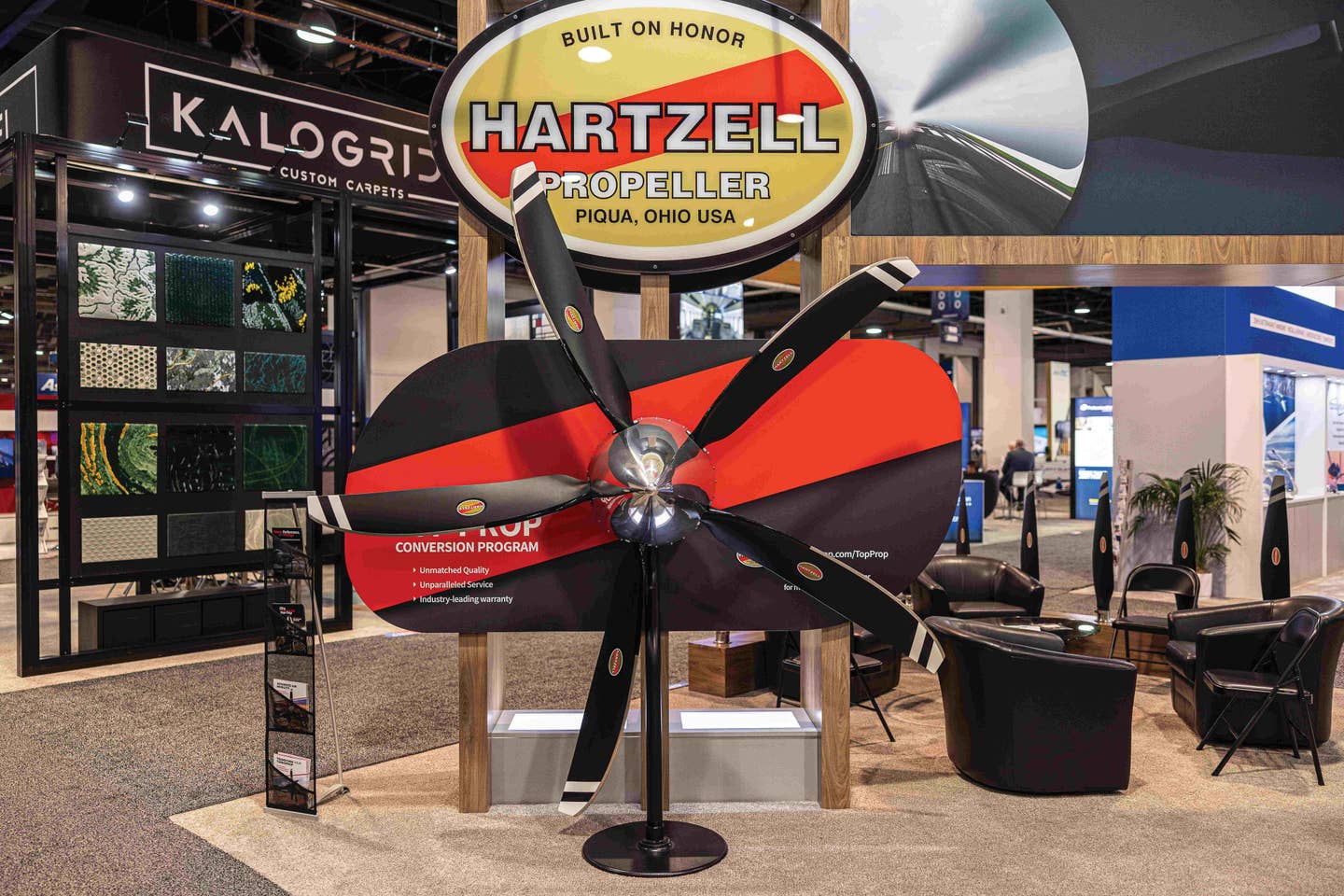
It’s difficult to describe how much the late Jim Brown loved the Hartzell Propeller Company and its people. [Stephen Yeates]
Do you remember briefly turning the magneto switch to the “off” position and back to “both” before shutting down with the mixture control? I guess I knew why sometime in the past, but truthfully I’d forgotten about it. And I can’t remember testing any applicants, in years as an examiner, who did it.
But recently I read a National Transportation Safety Board report about a fatal accident involving a 42-year-old Cessna 182 parked on a ramp in Cleveland, Tennessee. What happened is important, I think, because so many of us fly elderly GA airplanes with key-style ignition switches that may be faulty and not know it.
If you're not already a subscriber, what are you waiting for? Subscribe today to get the issue as soon as it is released in either Print or Digital formats.
Subscribe NowWhile his wife stood near the right cabin door, the husband performed a preflight check before their return flight home. She heard him just slightly move the propeller, and then the engine unexpectedly fired. The husband was fatally struck by the propeller.
One of the first things drilled into me (probably you, too) when learning to fly was “always treat any propeller as if it is ‘hot.’” If you’ve ever hand-propped an airplane you thought was securely tied down or with somebody unqualified at the controls, you won’t forget if it unexpectedly roared to life, scaring the hell out of you (and the person inside).
The reason a quick mag check at idle before shutdown is taught—or should be—is to ensure the mags are grounded and the switch works properly. This man who was killed had properly shut down his 182 with the mixture control and then turned the ignition key to “off.” But the switch—and the key itself—were old and worn. Investigators found the key could be removed (pulled out) of the switch in any position: “right,” “left,” “both,” or even “start.” That’s dangerous—and, in this case, fatal.
- READ MORE: There Was Just Something About Michael
So, next time you fly and shut down near the hangar, throttle way back to idle and briefly turn the switch to “off” and then back to “both.” And try removing it (gently) from the other positions. The accident airplane was only 30 hours out of annual. Sure, the mechanic should have checked that it was grounded, but…
Another good practice is repeating the “before-takeoff” run-up and mag check on the ramp before shutting down. It could save you from an unpleasant discovery on your next flight. Just be sure you’re not blasting something or somebody behind you.
Which brings me to a story about my friends at what was once the Hartzell Propeller Company in Piqua, Ohio. Cessna airplanes use McCauley props, so Hartzell once borrowed my Cessna 180 for tests when it applied for a supplemental type certificate to install its props on Cessnas.
In a promotion, Sporty’s Pilot Shop sent a pretty girl flying in, I think, a 172 to airports in the vicinity, including Piqua, with the gift of a large attractive clock for the hangar. The clock face had big ads for Sporty’s, Cessna airplanes, and McCauley props. Obviously, somebody hadn’t done their homework, because Hartzell would hardly hang a clock with a McCauley prop advertisement on its repair station hangar wall. The company thanked her, but declined and sent her on her way. The experience went even further south when, tailed into the open hangar, she fired up the 172 with a roar and blew everything all over the place.
Memories of Hartzell for me are simply joyful. Most involve a wonderful man, Jim Brown, who bought the company in the late 1960s from TRW. Things were in kind of a mess after multiple owners, but Brown rapidly put them right. From then on, Hartzell proudly lived up to its motto, “Built on Honor.”
Jim was a special person. After graduating from the Massachusetts Institute of Technology as an engineer, he joined the Navy, graduated from Officer Candidate School, and trained in SNJs at Pensacola, Florida. When he’d earned his wings, Jim spent his career in the 1950s flying Panthers and Demons (the Navy’s first jets) from a straight-deck carrier, “the Bonny Dick,” (officially the USS Bonhomme Richard) in the Pacific. Meanwhile, Mrs. Brown was presenting him with several of their eventual five babies.
I met him in the early 1970s, when I flew an airworthiness inspector to Piqua to check a Top Gun school Jim and a friend who were planning to launch with a couple of T-34s. Blessedly, that enterprise never got off the ground, but it gave me a chance to talk to “Mr. B” about doing FAA safety seminars at the airport repair station and the impressively remodeled plant near town. He was enthusiastic, helpful, and, eventually, we did a bunch.
He had been an executive at Standard Oil and Austin Powder in Cleveland but jumped when he learned the historic Hartzell company in the cornfields at Piqua could be bought from TRW. It was an arrangement made in heaven. Jim was a fine pilot who loved airplanes and was an astute businessman who ensured quality and took care of his employees. Shortly thereafter, anybody who worked there came to love him.
He had a Beech A36 Bonanza and a SOCATA TBM for company trips and an AT-6, magically “converted” to an SNJ. A couple of wonderful and talented guys—Larry Zetterlind and Mark Runge—maintained and flew the airplanes while Jim often flew himself visiting suppliers and customers. He even sent employees who needed care to the Cleveland Clinic at the company’s expense in those airplanes.
Unchained from the FAA (praise the Lord), I frequently flew my 180 to Piqua and flew the SNJ (checked out by T-6 guru Bill Leff). It was heaven. Jim and I bought a Piper Cub, Mark kept my 180 flying, and I joined Hartzell’s flying club. Mr. B taught two mantras: “Go for it,” and “Break one rule every day,” which I’ve taken to heart.
It’s difficult to describe how much Jim loved the company and its people. He’d walk through the plant, greeting each employee by name and asking about their kids. He bought a property next to the airport and named it “The Ostrich Farm” (the previous tenant had raised ostriches). It hosted employee picnics, company parties, and was command central for the biennial Friends of Harztell Airshow, with performers including Bill Bruns, Darrell Montgomery, Mike Goulian, Harold Johnson, Bruce Bohannon, Sean D. Tucker, Matt Chapman, Dale “Snort” Snodgrass, and Leff.
Jim Brown died in 2017. His sons Jim and Joe made lots of money, acquired related aviation businesses, and sold Hartzell to a venture capital firm in 2023.
I miss Jim very much, but I’m glad he’s not here. I’m afraid the sale would have broken his heart.
This column first appeared in the March 2024/Issue 946 of FLYING’s print edition.

Subscribe to Our Newsletter
Get the latest FLYING stories delivered directly to your inbox



